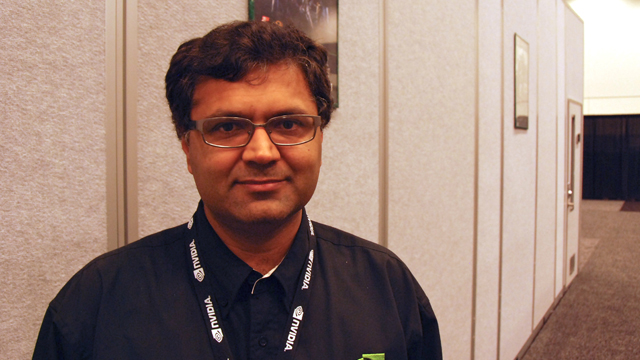Nvidia's graphic cards have long been synonymous with high-end visuals and PC games. However, when I sat down with Nadeem Mohammed, product manager for for Nvidia's PhysX middleware, I learned that the company is now getting even more involved with video game development by working with developers to create titles that feature more authentic physics without requiring an ungodly amount of effort.
Up until now, the biggest challenge with creating environments that are as interactive/destructible as what I saw is that most developers just don't have the manpower to do so. Before Nvidia released the PhysX SDK, developers would need to actually have a team of artists and programmers devoted to creating the various textures and ensuring that objects would behave realistically when they're interacted with and/or shot up. Nadeem explained that, with PhysX, a single programmer could go through a level and automatically determine just what materials comprise each surface (with the physics of how they'll break and shatter) and accomplish the same effect in a theoretical timeframe of approximately a week per level.
Of course, PhysX acceleration on PCs can make games that are already out far more exciting than they were when originally released; the example I was shown was Mirror's Edge.


 Loading comments...
Loading comments...
